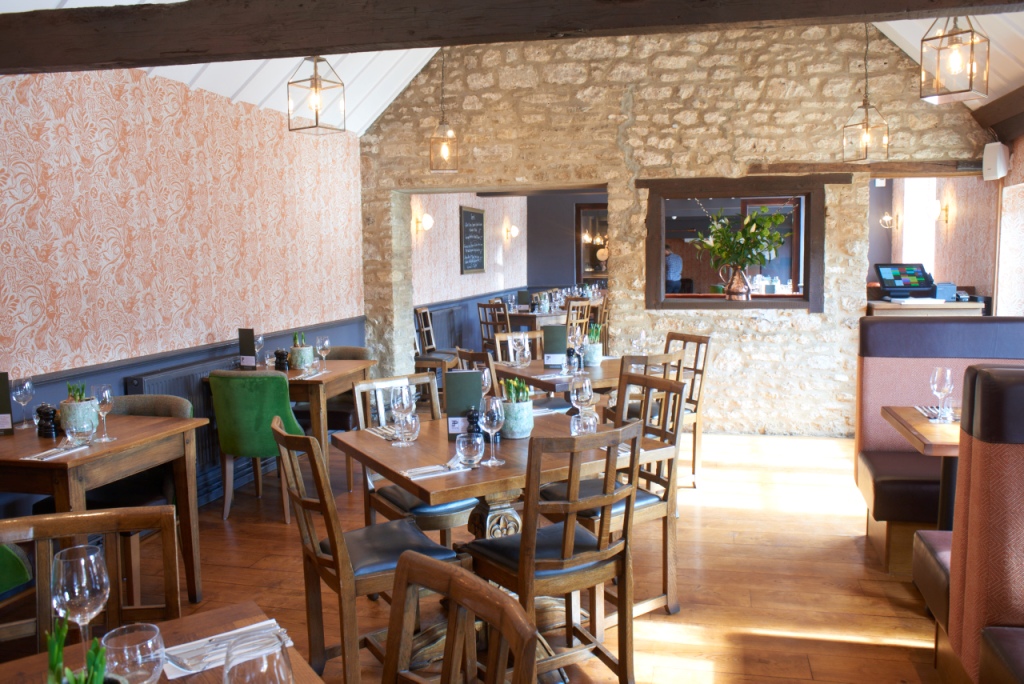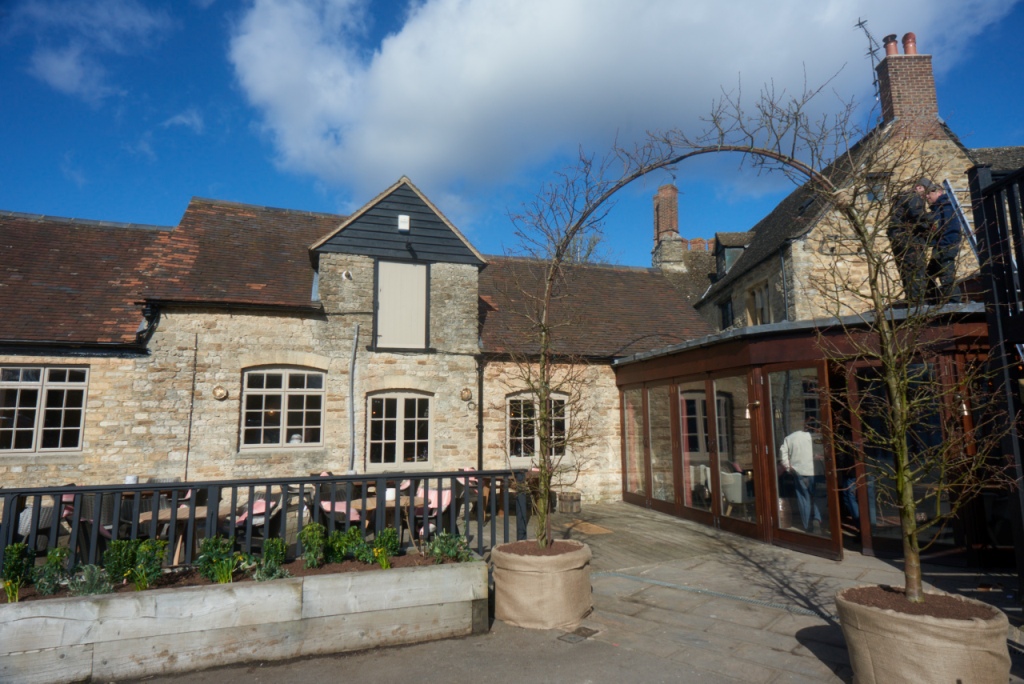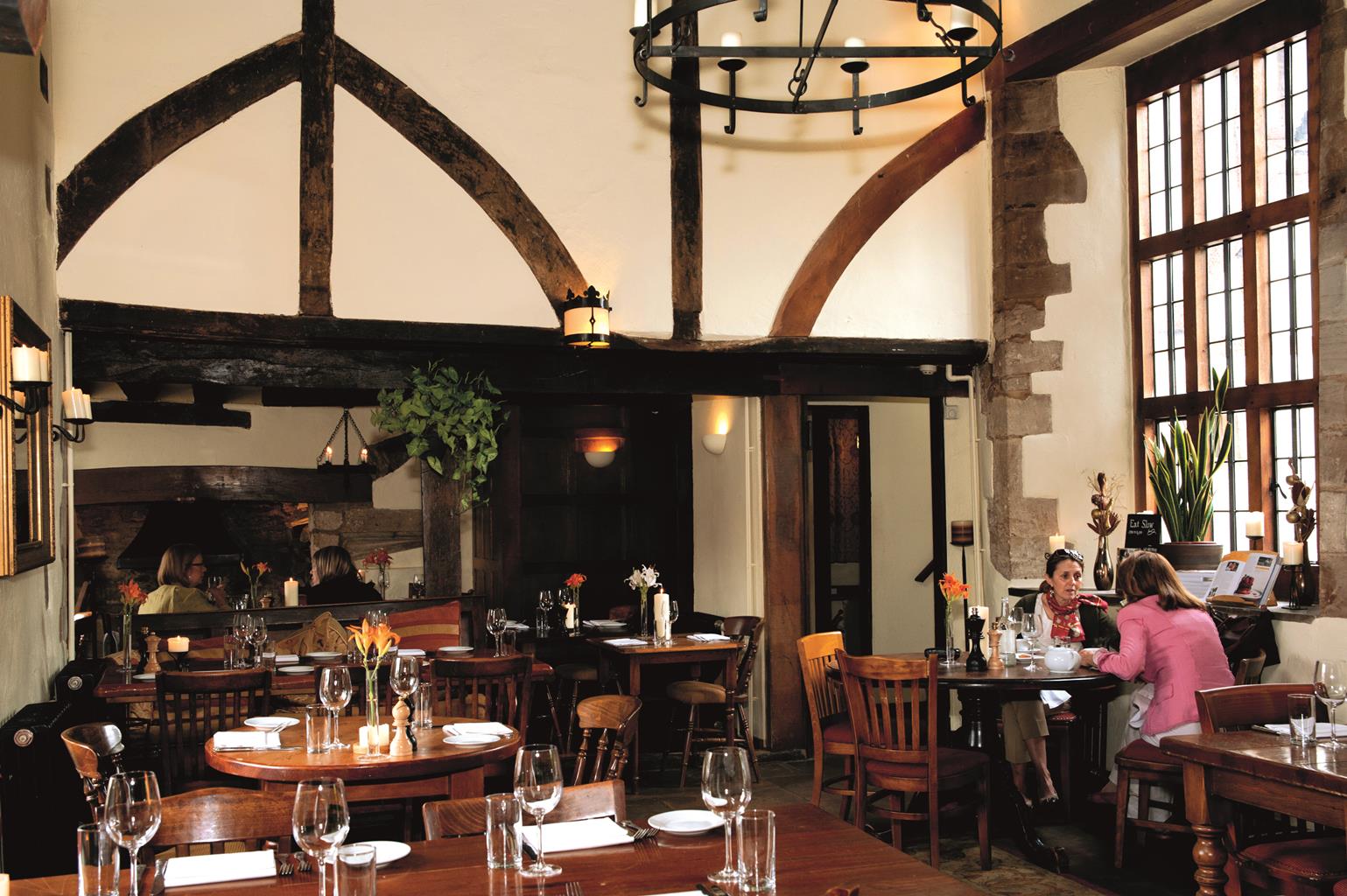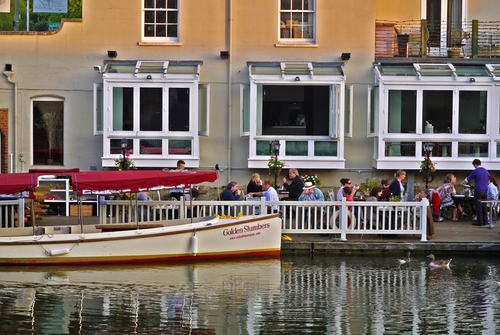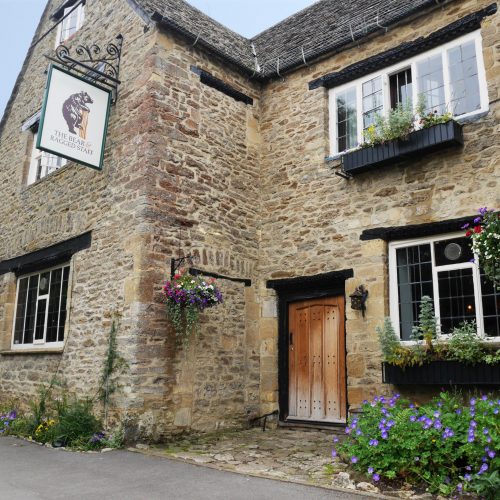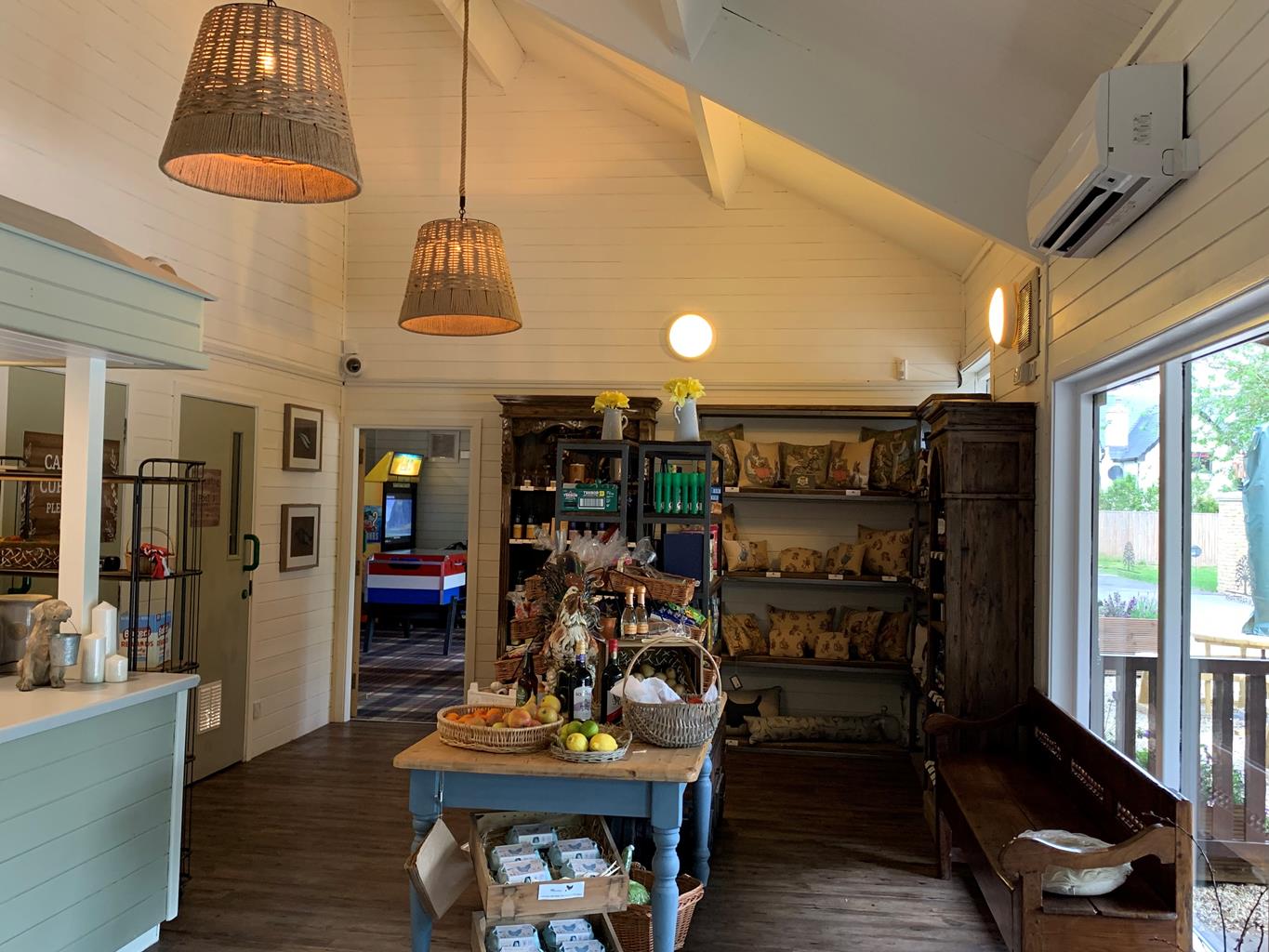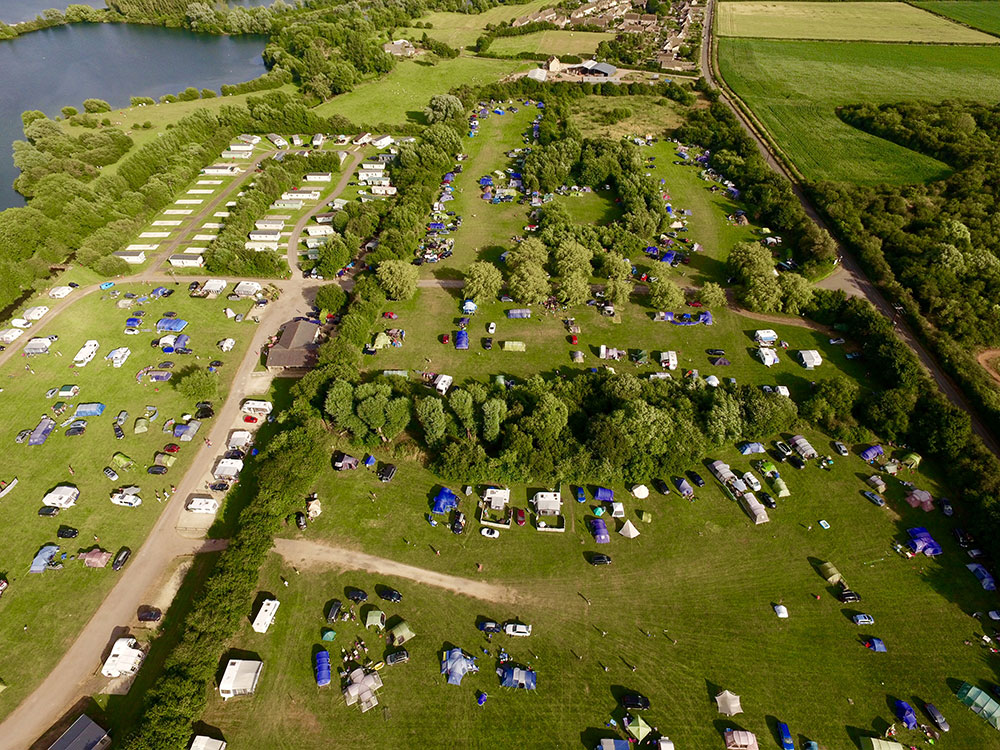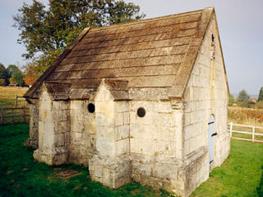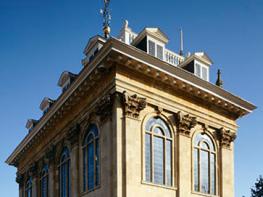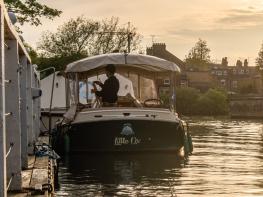On the outskirts of Oxford, the Grade II-listed Bear and Ragged Staff offers a range of dining…
Appleton and the Thames

3.54 miles (5.7kms)
About the walk
The picturesque village of Appleton lies a short distance to the south of the Thames and not far from where a chain-hauled ferry was in great demand on the river during the Second World War. Elsewhere in this area, the northern boundary of the Vale of White Horse, there was a good deal of furtive activity during the dark days of 1940 when Britain was at its most vulnerable and facing an uncertain future. A substantial country house at Coleshill, a Wiltshire village a few miles to the west of Appleton, became the headquarters for a secret group, the British Resistance Organisation, also known as the Auxiliary Units.
Home guard
Their members were made up of civilian saboteurs and their objective was to carry out guerrilla operations deep behind enemy lines in the event of a German invasion. The Thames was famously established as part of Britain’s second line of defence at that time, intended to try and thwart the enemy if they successfully breached the south coast, but nobody knew that a dozen regular Army intelligence officers had been chosen to recruit local men, many of them volunteers from the Home Guard and, crucially, some with expert knowledge of the local landscape. Gamekeepers, poachers and other assorted countrymen were particular favourites.
Freedom warriors
The plan was to train them as expert killers. Among their duties was setting up a charge, selecting the best spot to blow up a railway line and how to move about quietly and unseen at night. Underground bunkers were hastily created from which the members of Britain’s Resistance Army could be quickly mobilised. The existence of these brave local men and their remit to undermine enemy invaders remained secret until 1994, 50 years after the stand-down of the Auxiliary Units. In one of Appleton’s neighbouring villages – Hinton Waldrist – lies the grave of a famous soldier and politician. Airey Neave, Conservative MP for Abingdon, became the first British officer to escape from the maximum security prison at Colditz during the Second World War. Margaret Thatcher described Neave, who served in her shadow cabinet as Northern Ireland minister, as ‘one of freedom’s warriors.’
Walk directions
From the war memorial in the centre of Appleton, close to the village hall, take the bridleway near the junction of Eaton Road and Netherton Road. Head north-west between walls, hedges and several cottages. Pass a housing estate on the right and continue to a T-junction. With houses and a metalled road on the right, turn left (signposted River Thames 0.75 mile – 1.2km), pass an adventure playground and keep on the broad track between hedges. Walk beneath power lines and then reach a junction where the path is quite grassy.
The Thames is a short walk straight on and worth a closer look for its tranquil setting. From the riverbank head back to the first junction and turn right. Follow the grassy path between established hedges, passing under electricity cables. Continue to the entrance to a house on the right – Otter’s Pool. Pass it and after a few paces you come to Appleton Lower Common. On the right here is the entrance to Willow Bank.
At this point turn left and follow the track, with woodland on the right. When the track bends left, follow it, avoiding a bridleway merging from the right. Continue on Millway Lane between trees and hedgerows and at the next junction, cross over to join a footpath by the entrance to a bungalow – number 111. Follow the path to the left of the main gate, then beside wooden panel fencing and hedges. Cross a stile into a paddock and continue to the next stile. Beyond continue to a gate and a line of trees in the far boundary. Pass under power lines, keep the woodland on the left and head across the elongated field towards a distant road. Briefly the walk keeps within a corridor defined by two rows of power lines. Look for a stile by a galvanized gate and exit to the road.
Cross over and take the signposted path to Tubney Manor Farm. On reaching the farm gates, turn right to a stile. Cross into a paddock and bear left by wooden panel fencing to a couple of waymark posts. Bear left again, walk down the field, keeping farm outbuildings on your left. Make for a wide opening in the boundary and pass into the next field.
Cross the pasture to a line of trees and just to the left of a gateway is a double stile with a footbridge in between. Head diagonally across the next field, passing under power lines. Look for a stile and paddock on the far side, to the right of a large thatched cottage. Cross another footbridge and two further stiles and go over a small paddock to the next stile. At the entrance to a stone cottage, pass through a kissing gate and follow the grassy path ahead to the next gate. Enter the churchyard and from the church walk down the main drive, back into Appleton. Turn left at the road and return to the war memorial.
Additional information
Tracks, field paths, 10 stiles
Fields and pastures close to a stretch of the Thames
Under control over open farmland
AA Leisure Map 16 Oxford & surrounding area
In the vicinity of Appleton village centre
None on route
WALKING IN SAFETY
Read our tips to look after yourself and the environment when following this walk.
Find out more
Also in the area
About the area
Discover Oxfordshire
Located at the heart of England, Oxfordshire enjoys a rich heritage and surprisingly varied scenery. Its landscape encompasses open chalk downland and glorious beechwoods, picturesque rivers and attractive villages set in peaceful farmland. The countryside in the northwest of Oxfordshire seems isolated by comparison, more redolent of the north of England, with its broad views, undulating landscape and dry-stone walls. The sleepy backwaters of Abingdon, Wallingford, Wantage, Watlington and Witney reveal how Oxfordshire’s old towns evolved over the centuries, while Oxford’s imposing streets reflect the beauty and elegance of ‘that sweet city with her dreaming spires.’ Fans of the fictional sleuth Inspector Morse will recognise many Oxford landmarks described in the books and used in the television series.
The county demonstrates how the strong influence of humans has shaped this part of England over the centuries. The Romans built villas in the pretty river valleys that thread their way through Oxfordshire, the Saxons constructed royal palaces here, and the Normans left an impressive legacy of castles and churches. The philanthropic wool merchants made their mark too, and many of their fine buildings serve as a long-lasting testimony to what they did for the good of the local community.
Nearby stays
Restaurants and Pubs
Nearby experiences
Recommended things to do
Why choose Rated Trips?
Your trusted guide to rated places across the UK
The best coverage
Discover more than 15,000 professionally rated places to stay, eat and visit from across the UK and Ireland.
Quality assured
Choose a place to stay safe in the knowledge that it has been expertly assessed by trained assessors.
Plan your next trip
Search by location or the type of place you're visiting to find your next ideal holiday experience.
Travel inspiration
Read our articles, city guides and recommended things to do for inspiration. We're here to help you explore the UK.

